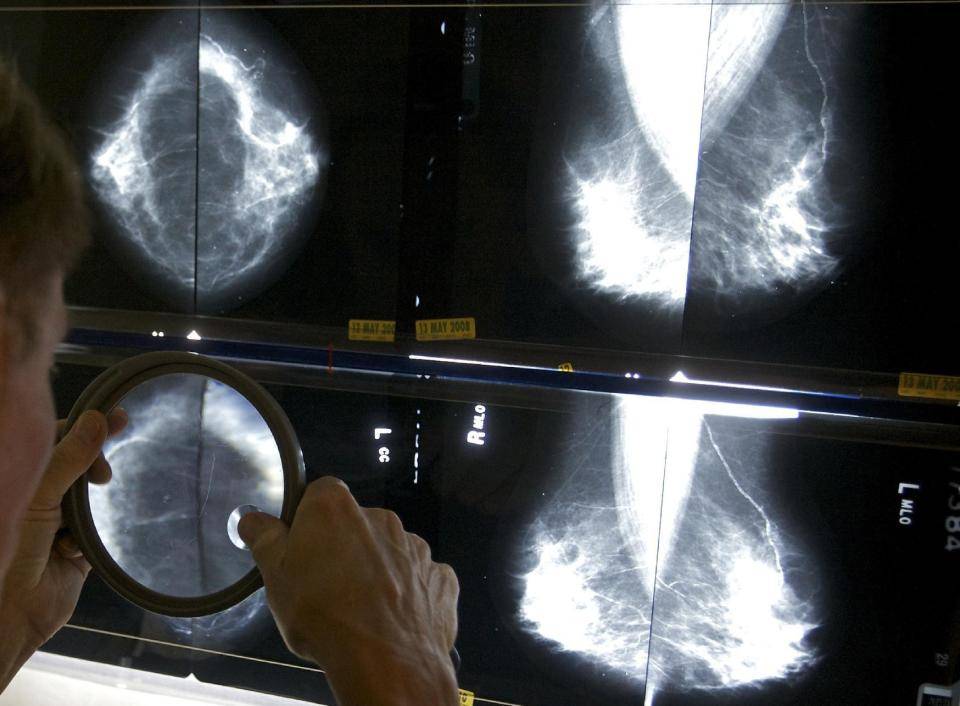- Jun 4, 2011
- 33,567
- 7,077
- 1,130
FAKE!!!!!!!!!!!!!!!!!!!!
OMG cutting funding to an abortion company will reduce the amount of referrals........uh oh, you'll have to ask a doctor or another orginization!
Thousands call Planned Parenthood for mammograms after Obama's claim :: EWTN News
OMG cutting funding to an abortion company will reduce the amount of referrals........uh oh, you'll have to ask a doctor or another orginization!
Thousands call Planned Parenthood for mammograms after Obama's claim :: EWTN News



